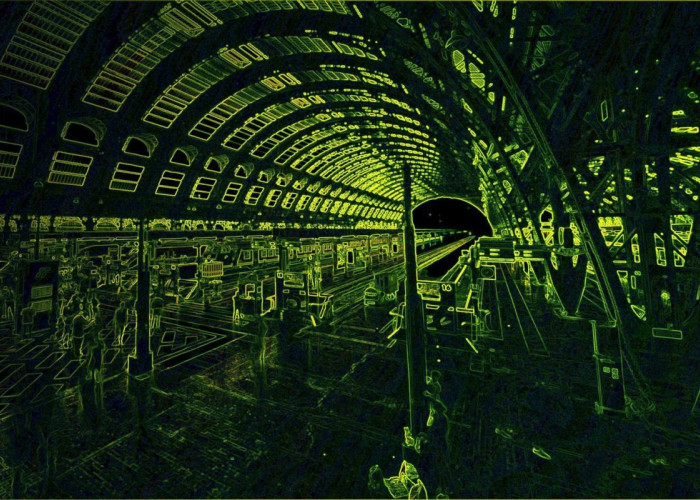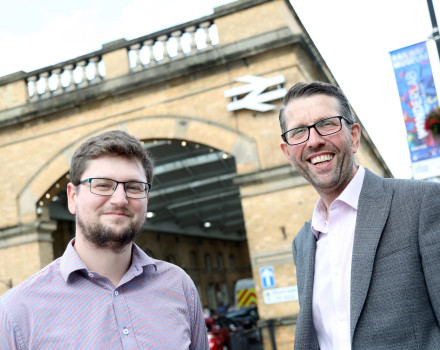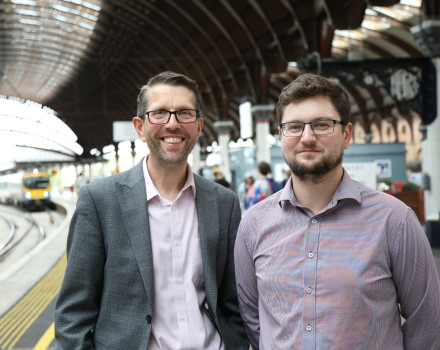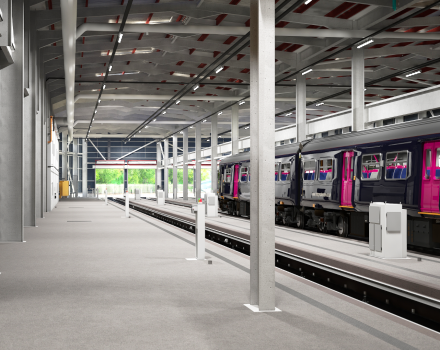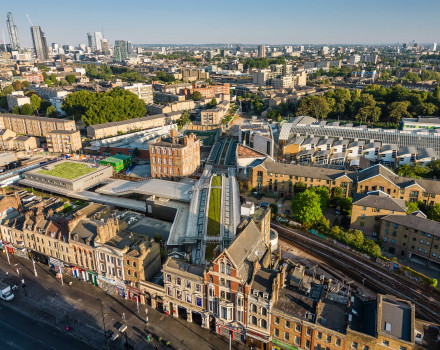Successive Governments, rail transport officials, freight transport executives and highways agencies have, for many years, pondered the seemingly insoluble challenge of how to shift more heavy freight from our roads to the rail network. It continues to be a challenge for which there is yet to be an immediate answer. Indeed, the situation appears to be getting worse.
How do freight companies currently use the railways?
Figures from the Office of Rail and Road published in the spring showed that the volume of rail freight moved during the period October to December 2017 fell by 3% compared to the same quarter in 2016. Coal seemed to take much of the blame, with the volume shifted by rail in those three months falling by 21% in what has been an alarmingly downward trend.
Perhaps even more alarming was the measure of total freight train kilometres reported. This figure fell by 5% compared to the same quarter in 2016 and was the lowest Q3 amount recorded since the series began in 2010-11 Q1.
Railways remain under-utilised by freight transport companies, despite a much-publicised drive to move more freight from our roads to rail for greater efficiency and environmental benefit. The infrastructure, however, was never designed to accommodate the standard freight containers being used (although to make it even more complex, even ‘standard’ containers can differ in size) and the need for potential routes to be given the appropriate clearance certificates creates enormous difficulties. Current methodologies, with sensor-laden trains gathering huge amounts of infrastructure data, are cumbersome, time consuming and costly.

How can technology from the construction industry help?
At a recent Rail Freight Group forum, members were treated to a glimpse into the future and a possible light at the end of the tunnel. The future, which is actually available today, takes a proven technology used increasingly in the construction industry, known as Building Information Modelling (BIM), and gives it a further purpose.
BIM, which is commonly used to create a digital representation of a facility, can be used in a similar role to digitally represent elements of the railway. Taking this and combining it with bespoke gauge clearance technology takes it a step further, enabling a 3D model to be created of any proposed freight route.
The linear model created does not necessarily have to be of the whole route; in fact, it would be unnecessary and of little value to do so. But what it would focus on is in identifying potential clashes and clearance issues such as those posed by the obvious structural features including bridges, tunnels and station platforms. It would also model other critical elements of the railway infrastructure such as overhead cables and power lines, and then use the very same modelling software to help ‘design out’ any concerns.
This could be as simple as moving a track a few centimetres to the left, right, or lower in order to let freight pass through a narrow tunnel that had previously been thought of as mission impossible. This work could then be scheduled and completed as part of ongoing maintenance, without therefore meaning significant, if any, additional cost.

How will this benefit freight movement?
The advantages to such a solution are substantial. It would allow private freight businesses to map routes quickly and cost effectively, ultimately enabling more freight to be put on the track and make better and more productive use of the public rail infrastructure.
The railway does shift considerably more freight than our highways every year. Some 19 billion tonnes of goods were lifted by rail in a single quarter whilst the figure lifted via road for the whole of July 2016 to June 2017 totalled just 1.47 billion tonnes according to the Department of Transport Road Freight Statistics. But additional congestion, pollution and frustration caused to other road users makes the removal of any further percentage of HGVs from our highways highly desirable.
If proven in practice, this combination of technologies could help the new Route Managing Director for Freight and National Passenger Operations and others to quickly and efficiently clear more routes for freight, as well as delivering an asset management tool that will have further benefits long into the future.
